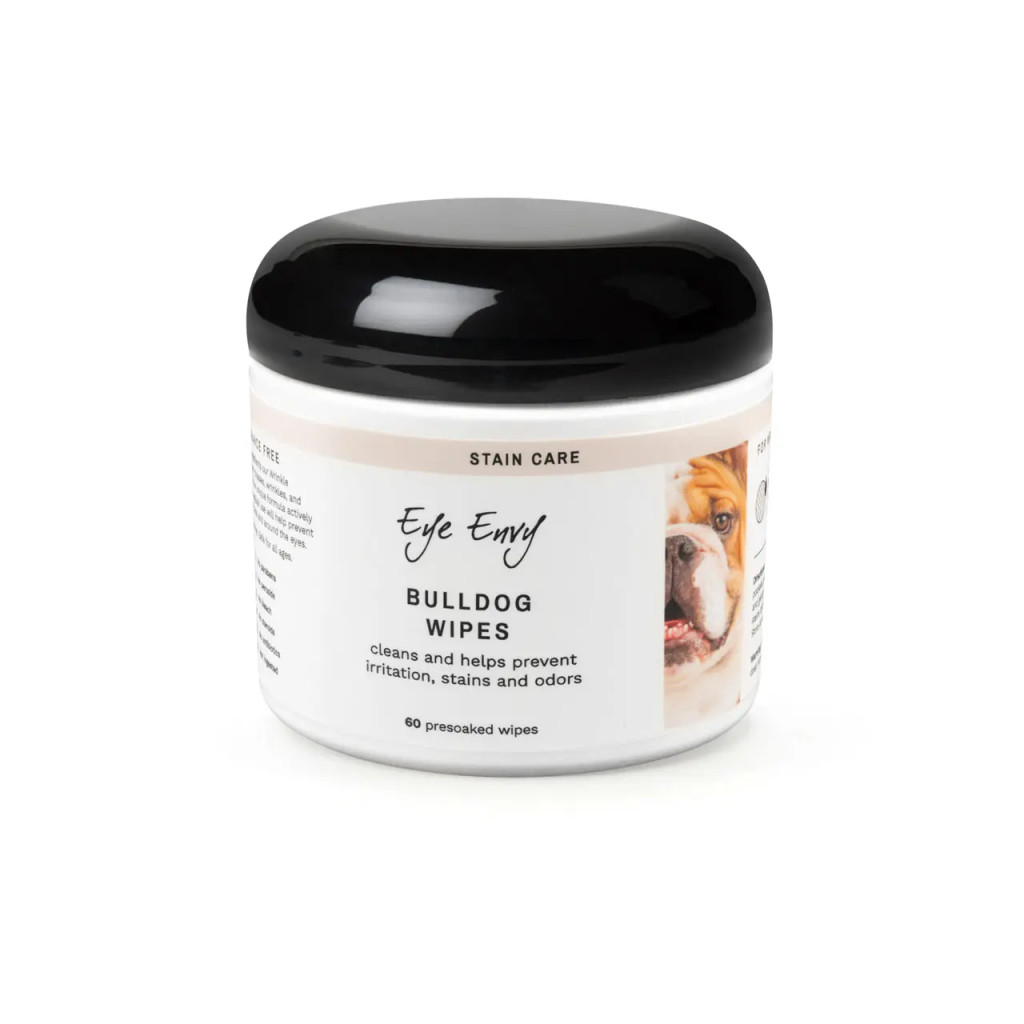Answering Common Questions Regarding Bulldog Tail Pockets
If your dog has a short, stubby or corkscrew tail or no tail at all, it likely has a tail pocket. A tail pocket is a pouch-like area located directly below the tail, and it is a common feature among breeds such as bulldogs. Unfortunately, this area gathers dirt and germs extremely easily and is prone to infection. If you have a bulldog, learn how to identify whether it has a tail pocket and how to keep it clean.
Checking for a Tail Pocket
Tail pockets aren't always visible. However, this indented area is more common in dogs with shorter tails or a wrinkly appearance, including English, American and French bulldogs. To check if your dog has a tail pocket, put on a pair of gloves to push your finger below where its tail begins. If you feel a gap, notice an indentation or see a spot where debris has started to gather, the dog has a tail pocket. Tail pockets aren't always clearly present from birth, so you're advised to do this once the dog has reached its full size.
Issues with Tail Pockets
The tail pocket's indentation holds onto moisture and can cause dirt and debris to build up. These factors increase your bulldog's risk for developing a bacterial or yeast infection. Along with cleaning this area regularly, you're advised to check it for signs of irritation, inflammation and infection, including:
- Flaky skin around the tail pocket and tail
- Discharge
- A pungent odor

Cleaning and Caring for Your Bulldog's Tail Pocket
Regular bathing doesn't always thoroughly clean the tail pocket, so additional steps should be taken regularly to clean it. To clean the tail pocket:
- Use wipes. Safe, natural Bulldog Wrinkle Wipes from Eye Envy® not only remove debris in and around the tail pocket, they also help kill bacteria that can quickly grow in this damp area. Clean the tail pocket with the wipes at least once a week to remove dirt and help prevent infections.
- Dry the area: After you've wiped down the dog's tail pocket and removed all debris, thoroughly dry the area with a clean cloth, cotton ball or paper towel so that moisture doesn't get trapped.
If your bulldog seems to scratch itself more than usual, it may be developing dry, flaky skin or an infection around its tail pocket. In this case, increase how frequently you clean the tail pocket and apply an itch relief spray to soothe the irritated skin. More frequent cleanings - about two to three times per week - are recommended if your bulldog seems to pick up a lot of dirt. If your bulldog continues to develop infections in this area despite routine cleaning, your veterinarian may recommend surgery to remove its tail.

